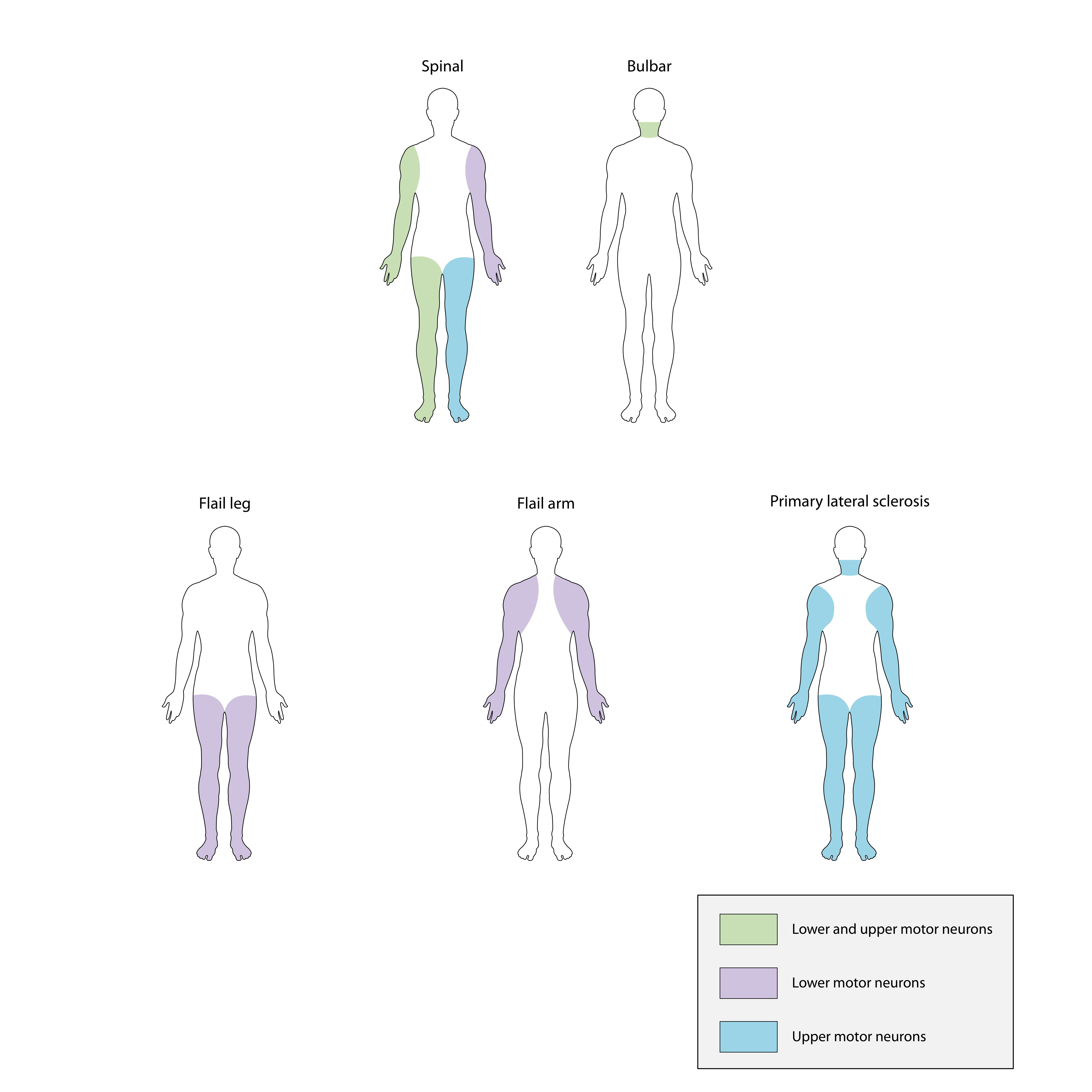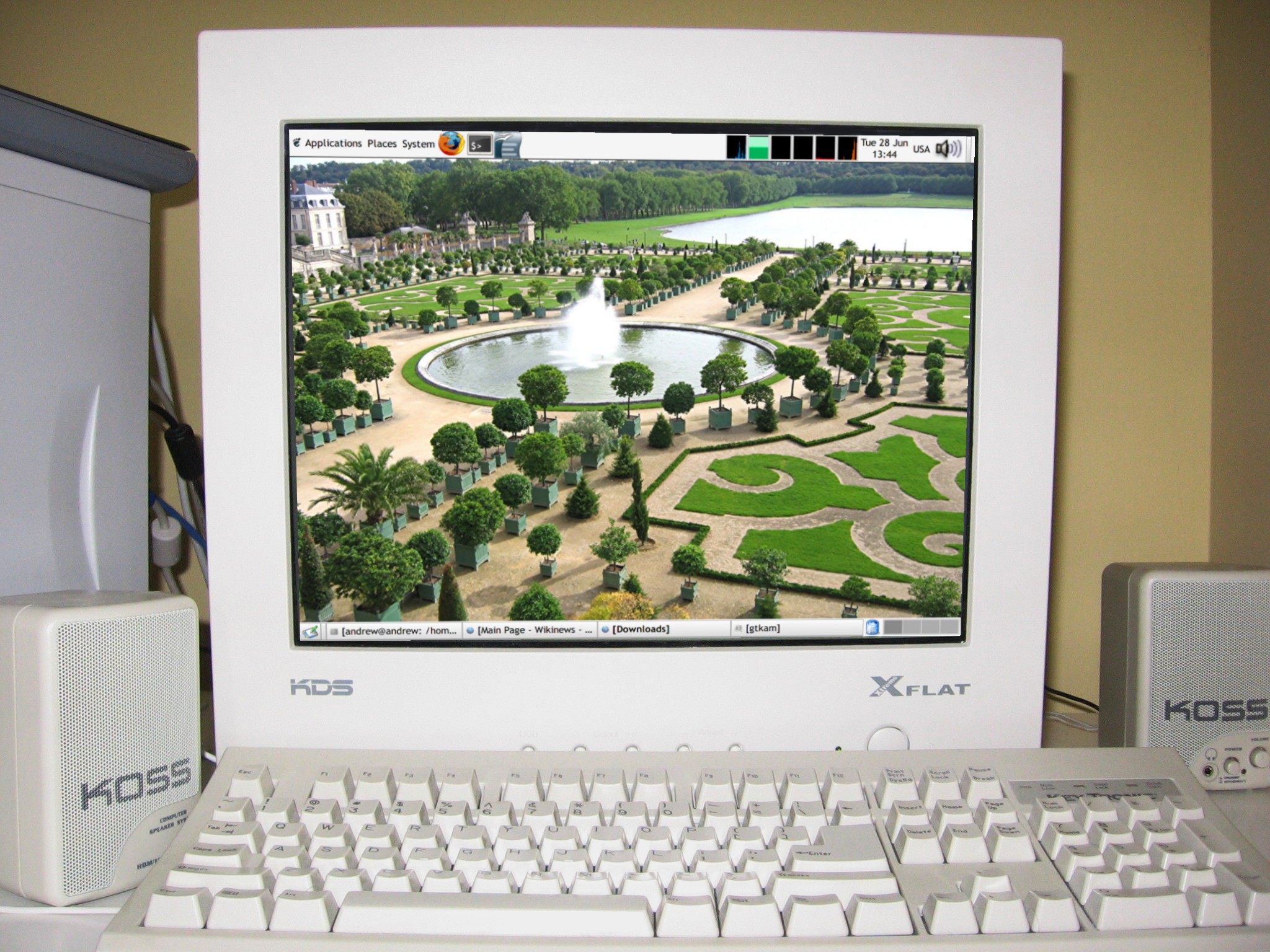|
Brain Painting
Brain painting is a non-invasive P300-based brain-computer interface (BCI) that allows painting without the use of muscular activity. The technology combines electroencephalography, signal processing algorithms and visual stimulation on a monitor to detect where the user focuses his attention, allowing him to voluntarily trigger commands to a painting software. The research project aims at assisting people afflicted with the Locked-in syndrome due to neurological or neuromuscular disease (e.g. amyotrophic lateral sclerosis Amyotrophic lateral sclerosis (ALS), also known as motor neuron disease (MND) or—in the United States—Lou Gehrig's disease (LGD), is a rare, Terminal illness, terminal neurodegenerative disease, neurodegenerative disorder that results i ... ALS), who are severely restricted in communication with their environment, and therefore cut off from the possibility of creative expression. History Brain painting was co-developed by Andrea Kübler from the Uni ... [...More Info...] [...Related Items...] OR: [Wikipedia] [Google] [Baidu] |
P300 (neuroscience)
The P300 (P3) wave is an event-related potential (ERP) component elicited in the process of decision making. It is considered to be an endogenous potential, as its occurrence links not to the physical attributes of a stimulus, but to a person's reaction to it. More specifically, the P300 is thought to reflect processes involved in stimulus evaluation or categorization. It is usually elicited using the oddball paradigm, in which low-probability target items are mixed with high-probability non-target (or "standard") items. When recorded by electroencephalography (EEG), it surfaces as a positive deflection in voltage with a latency (delay between stimulus and response) of roughly 250 to 500 ms. In the scientific literature a differentiation is often made in the P3, which is divided according to time: Early P3 window (300-400 ms) and Late P3 window (380-440 ms). The signal is typically measured most strongly by the electrodes covering the parietal lobe. The presence, magnit ... [...More Info...] [...Related Items...] OR: [Wikipedia] [Google] [Baidu] |
Electroencephalography
Electroencephalography (EEG) is a method to record an electrogram of the spontaneous electrical activity of the brain. The biosignal, bio signals detected by EEG have been shown to represent the postsynaptic potentials of pyramidal neurons in the neocortex and allocortex. It is typically non-invasive, with the EEG electrodes placed along the scalp (commonly called "scalp EEG") using the 10–20 system (EEG), International 10–20 system, or variations of it. Electrocorticography, involving surgical placement of electrodes, is sometimes called Electrocorticography, "intracranial EEG". Clinical interpretation of EEG recordings is most often performed by visual inspection of the tracing or quantitative EEG, quantitative EEG analysis. Voltage fluctuations measured by the EEG bioamplifier, bio amplifier and electrodes allow the evaluation of normal Brain activity and meditation, brain activity. As the electrical activity monitored by EEG originates in neurons in the underlying Huma ... [...More Info...] [...Related Items...] OR: [Wikipedia] [Google] [Baidu] |
Locked-in Syndrome
Locked-in syndrome (LIS), also known as pseudocoma, is a condition in which a patient is aware but cannot move or communicate verbally due to complete paralysis of nearly all voluntary muscles in their body except for vertical eye movements and blinking. This is due to quadriplegia and bulbar palsy. The individual is conscious and sufficiently intact cognitively to be able to communicate with eye movements. Electroencephalography results are normal in locked-in syndrome as these individuals have retained brain activity such as sleep-wake cycles and attention that is detectable. Fred Plum and Jerome B. Posner coined the term for this disorder in 1966. Locked-in syndrome can be separated into different subcategories based on symptom severity. This consists of classic locked-in syndrome, characterized by the inability to move distal limbs and facial muscles, but retained ability to blink and move eyes vertically, with preserved cognition and consciousness. Incomplete locked-in s ... [...More Info...] [...Related Items...] OR: [Wikipedia] [Google] [Baidu] |
Amyotrophic Lateral Sclerosis
Amyotrophic lateral sclerosis (ALS), also known as motor neuron disease (MND) or—in the United States—Lou Gehrig's disease (LGD), is a rare, Terminal illness, terminal neurodegenerative disease, neurodegenerative disorder that results in the progressive loss of both upper and lower motor neurons that normally control Skeletal muscle, voluntary muscle contraction. ALS is the most common form of the motor neuron diseases. ALS often presents in its early stages with gradual muscle Spasticity, stiffness, Fasciculation, twitches, Muscle weakness, weakness, and Muscle atrophy, wasting. Motor neuron loss typically continues until the abilities to eat, speak, move, and, lastly, breathe are all lost. While only 15% of people with ALS also fully develop frontotemporal dementia, an estimated 50% face at least some minor difficulties with cognitive disorder, thinking and behavior. Depending on which of the aforementioned symptoms develops first, ALS is classified as ''limb-onset'' (b ... [...More Info...] [...Related Items...] OR: [Wikipedia] [Google] [Baidu] |
Brain–computer Interface
A brain–computer interface (BCI), sometimes called a brain–machine interface (BMI), is a direct communication link between the brain's electrical activity and an external device, most commonly a computer or robotic limb. BCIs are often directed at researching, Brain mapping, mapping, assisting, Augmented cognition, augmenting, or repairing human Cognitive skill, cognitive or Sensory-motor coupling, sensory-motor functions. They are often conceptualized as a human–machine interface that skips the intermediary of moving body parts (e.g. hands or feet). BCI implementations range from non-invasive (EEG, Magnetoencephalography, MEG, MRI) and partially invasive (ECoG and endovascular) to invasive (microelectrode array), based on how physically close electrodes are to brain tissue. Research on BCIs began in the 1970s by Jacques Vidal at the University of California, Los Angeles (UCLA) under a grant from the National Science Foundation, followed by a contract from the Defense Adva ... [...More Info...] [...Related Items...] OR: [Wikipedia] [Google] [Baidu] |
Human–computer Interaction
Human–computer interaction (HCI) is the process through which people operate and engage with computer systems. Research in HCI covers the design and the use of computer technology, which focuses on the interfaces between people (users) and computers. HCI researchers observe the ways humans interact with computers and design technologies that allow humans to interact with computers in novel ways. These include visual, auditory, and tactile (haptic) feedback systems, which serve as channels for interaction in both traditional interfaces and mobile computing contexts. A device that allows interaction between human being and a computer is known as a "human–computer interface". As a field of research, human–computer interaction is situated at the intersection of computer science, behavioral sciences, design, media studies, and several other fields of study. The term was popularized by Stuart K. Card, Allen Newell, and Thomas P. Moran in their 1983 book, ''The Psychology of Hum ... [...More Info...] [...Related Items...] OR: [Wikipedia] [Google] [Baidu] |




